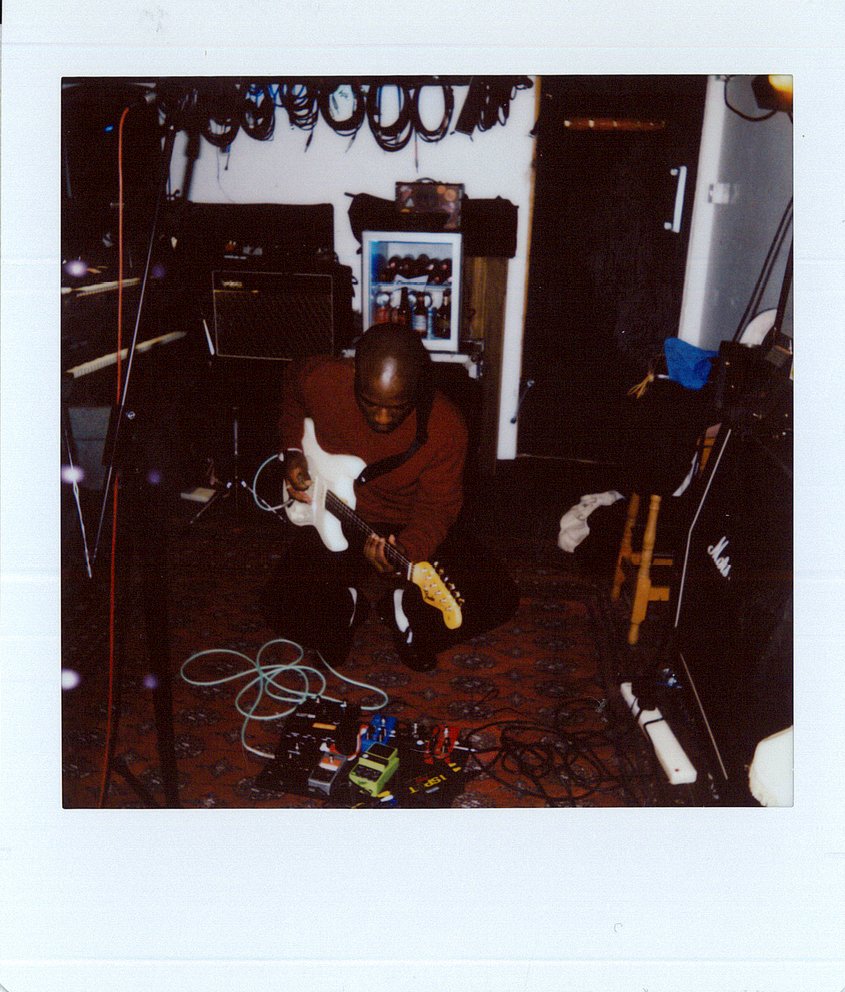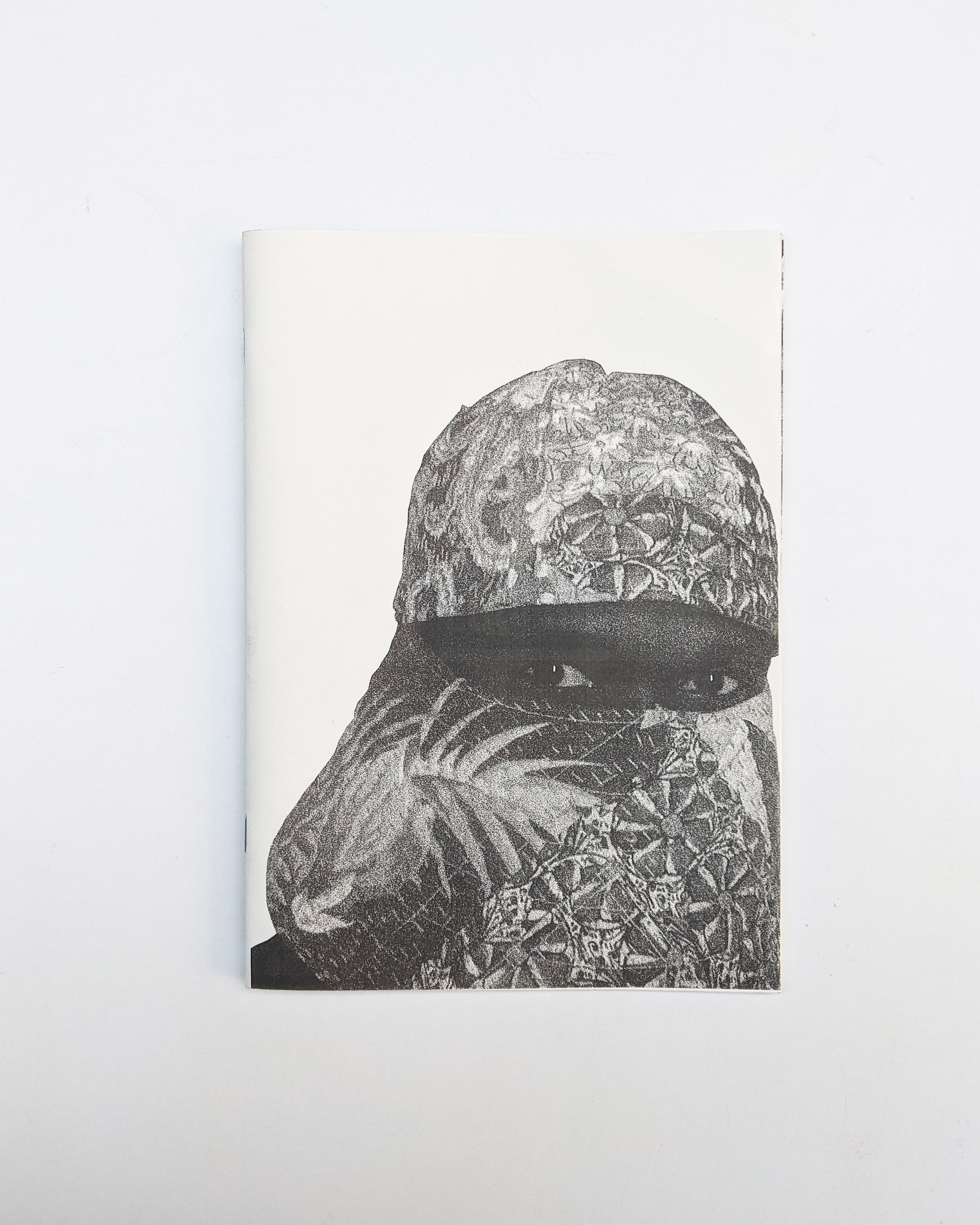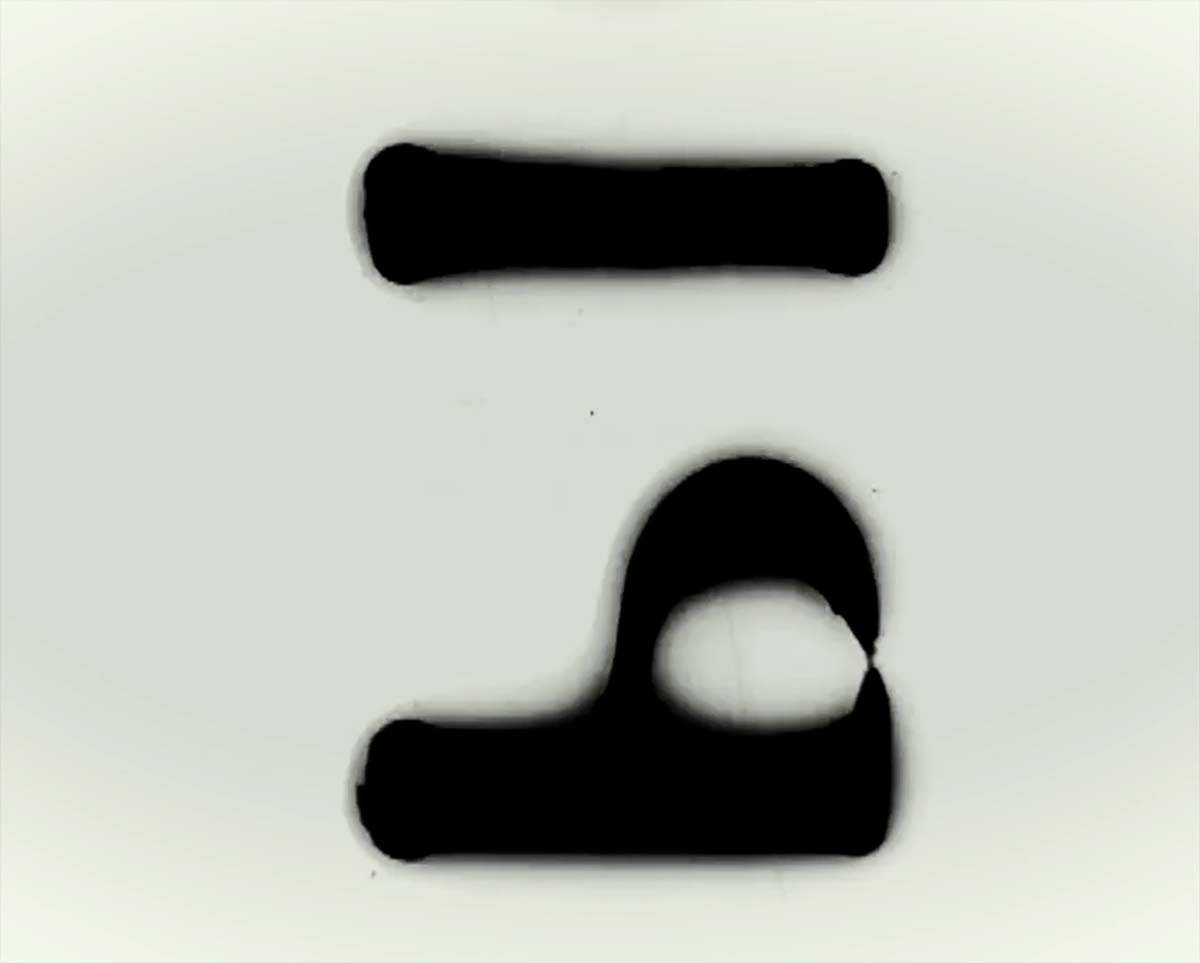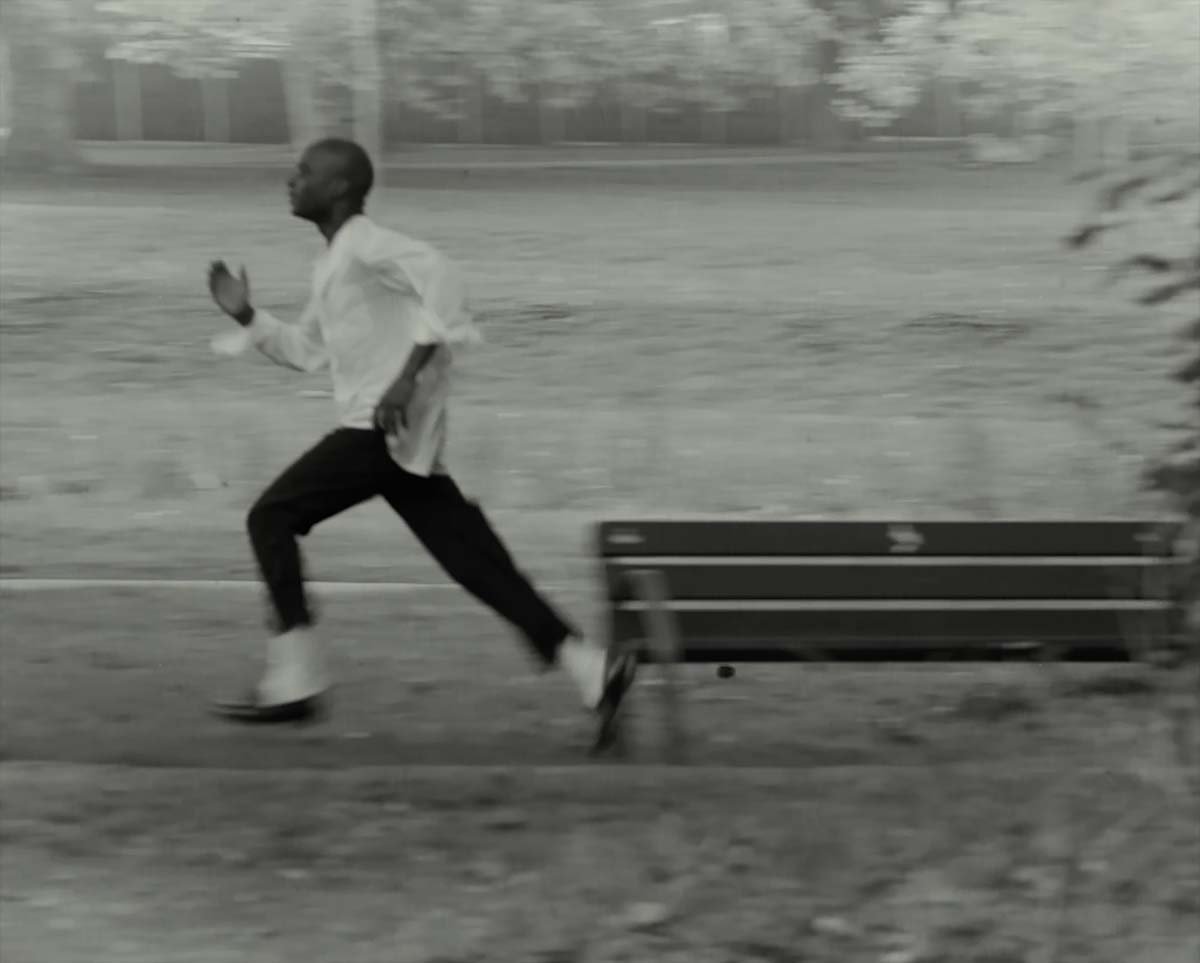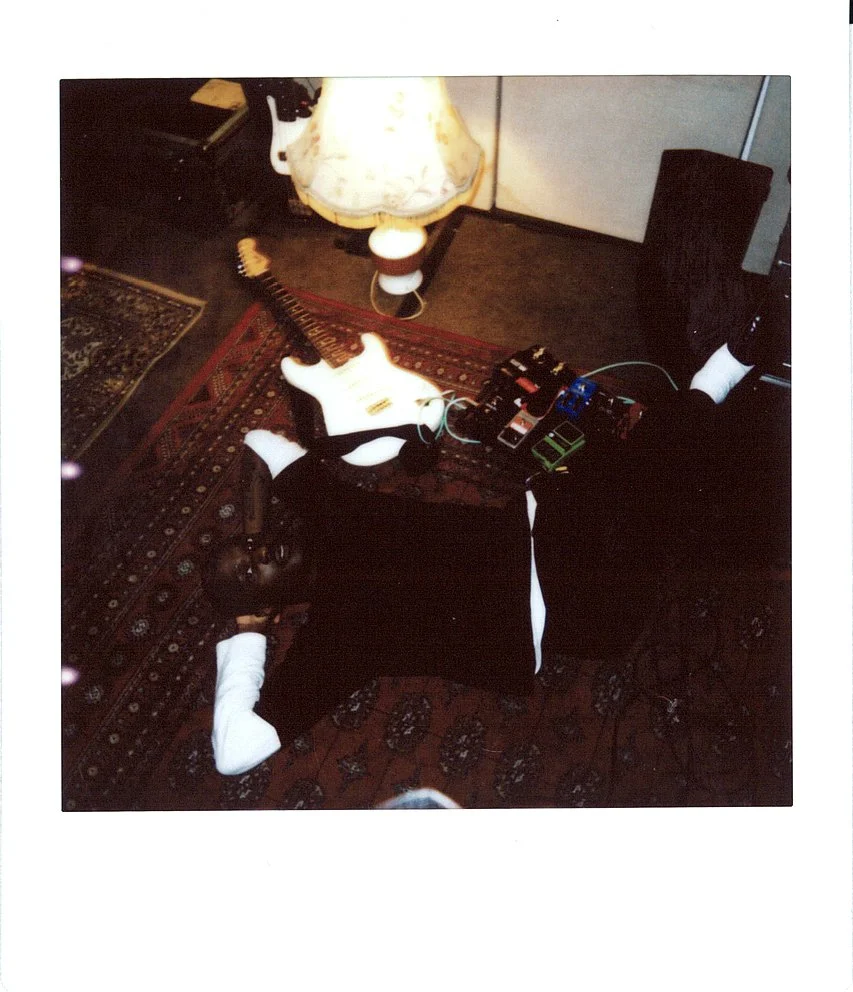An Ode to Joel
PHOTOGRAPHY BY SUNAO TAKAHASHI
———
ON NOVEMBER 18, 2018, when I met Joel Gumbe in Foyles Bookshop at Tottencourt road in London, I knew it was kismet.
Gumbe understands emotions, he distorts and distills obscure feelings by stretching it out like an accordion and compressing it like you would with pieces of clay to produce fine ceramics. “Joel’s music is sonically emotive, everything he makes is so sensually charged from a listener's perspective, it’s impossible to not feel something when you consume his music. If you look closer into the lyrics and the context of what Joel’s music is about, you’ll reach new layers within it.”, says Uzzie Zero, a long-time friend and collaborator.
Balance, rhythm, proportion, scale, contrast, visual are defining elements in Gumbe’s body of work. His musical philosophy is predicated upon the practice of architecture — longevity, purpose and beauty. But for all of the subtle grandeur, there’s an underlying chaos. LOULOU, his second EP released in October 2022, is not after goodness, which is what makes it honest. It’s gratifying to experience a kind of self-exploration that doesn’t evade the uncomfortable truth in a time when processed sincerity has become our cultural currency.
It was a Saturday when I sat down with Gumbe for the video interview, his head lolling back in ease, donning a vintage Sergio Tacchini fleece in parakeet green. He speaks in a slow, even pace, perfectly congruent to his gentle and calm mannerism. Gumbe makes strong eye contact as he lays out his story, it creates an aura of intimacy that I find hard to resist leaning closer. There was an unexpected spike in his energy when “Home”, the second track of LOULOU was brought up in our conversation, “It ended up being my favourite song off the record.” Gumbe says. The song arrived via some alchemy of returning to his hometown, and being in close proximity with his family, whom Gumbe is extremely close with. “Perhaps it was a sense of safety and comfort, but it produced the ideal circumstance for me to tap into a place where I could freely explore the themes of longing, connection and self-discovery, which is essentially what home is about.”
Excerpts from a zine Gumbe made for his EP LOULOU launch
Stills from Gumbe’s “Seeker” music video I directed. This one was special for me.
THE TOUCHSTONES OF LOULOU, Gumbe tells me, is to connect with the inner self and to see himself for who he is. That struck a deep resonance within me as we often frame the act of making art as a manifestation of our acquisitive urges to garner validation and admiration, rather than a soul-enriching, curiosity-fostering practice. Gumbe’s music is autobiographical, it’s an avenue for him to discover, and uncover a vital aspect of existence — the possibility to hold two truths at once, to toggle between withholding and releasing, facts and feelings, disclosure and denial, without gearing toward resolution.
“What’s unusual about my brother is his ability to reinvent. Every project is radically different but exists in accordance with the universe he’s created,” His younger sister, Iona, a lawyer and fashion content creator told me, “and the fact that he does everything by himself is impressive.” The DIY spirit is a familiar throughline in the new generation of musicians. Fred again.., a British songwriter and producer who is famous for his laptop-based music setup, shared with Apple Music creative director Zane Lowe his itinerant approach to making beats in places that exhibits a “conveyor belt of humanity” — cinemas, trains, Tate Modern, and beyond the human capacity to grasp, clubs. American experimental duo 100 gecs revealed in an interview with popular newsletter Blackbird Spyplane they recorded their upcoming album entirely with a vocaloid, an audio software developed by Yamaha that allows users to synthesise singing by typing in words and melody.
There’s an unfettered freedom that comes with this relatively newfound accessibility to music-making, but paradoxically, the abrading power of old gatekeepers has as a result, inspired a culture of rebranding everything as decentralised and unregulated. With technological barriers to sharing gone, the new barrier to break out of aesthetic moulds enters.
Rather than chasing after endless trend cycles, Gumbe writes songs out of the pure intention to reflect on the fundamental drivers of human’s thoughts, feelings and behaviours — desires and delusions. Impactful storytelling derives from leaning in the raw substances that give our lives texture and variety, but as we reach the heights of attention economy, the social milieu we live in doesn’t seem to provide the water and soil to cultivate the level of patience and discernment it requires to make art that holds symbolic complexity. And yet, Gumbe’s music is grounded in an unadulterated internal focus. Melding rhythms and melodies that feel expansive with his earnest observations to create an introspective world.
BORN IN VIANA DO CASTELO, a northern town in Portugal, to Angolan parents who are fine art and textile artists. Playing guitar is a passion Gumbe developed at thirteen, but it became a creative sideline when he studied fine art at Kingston University London, following the blueprint to become an architect. Gumbe cited some of the greatest blues artists John Lee Hooke, Buddy Guy and Howlin’ Wolf as the source of his interest in the electric guitar — the catalyst for his return to music. Bewitched by their abilities to freely combine emotional depth and technical expertise; it was clear to Gumbe he has an intrinsic understanding about sound and space.
In 2019, an opportunity to join South African musician Petite Noir as his touring guitarist was presented to Gumbe. They played in cities in Switzerland, All Points East and Womad Festivals in the UK. Gumbe recounts that experience as a watershed moment where the possibility of realising a sustainable music career for once felt within reach. Coming into contact with the intoxicating energy of performing on stage to an audience, his dormant aspiration to become a musician was snapped back into clear focus.
Having a profession like an architect has inculcated in Gumbe the significance of collective action— to provide support structure for one another. In 2021, Gumbe wrote an original score for my first short film Wax and Wane that marked the beginning of our creative partnership, we have since then collaborated on another short film I made, MI, and his music video, Seeker, which was featured in the “Wednesday Stills” series run by Public Announcement, a brand consultancy and media company in New York founded by Chris Black and James Ellis.
Joel wrote a stunning score for my short film — MI for Nowness Asia
“Artists choosing to make art together inspires me almost by default. Art is hard, and arguably even harder with someone else, because it’s hard to build that kind of relationship. Ellis says. “I was drawn to you and Joel because it's clear you have that kind of connection.” The crux of a successful creative partnership, Ellis tells me, is the combination of skill and soul, “Minds that complement. Skill sets that augment capabilities vs overlap. Artists with a similar relationship to money and time. It’s hard for all these to align. You have to work hard to be so lucky.”

